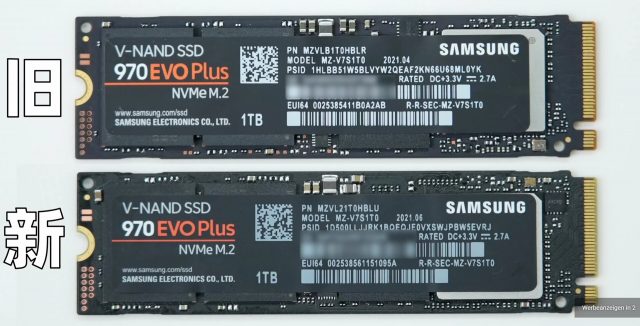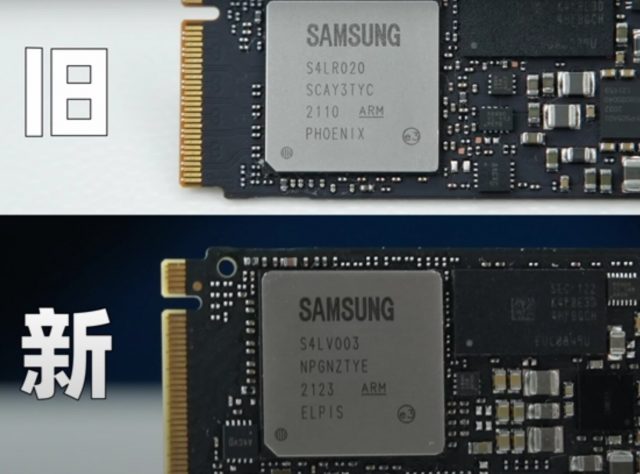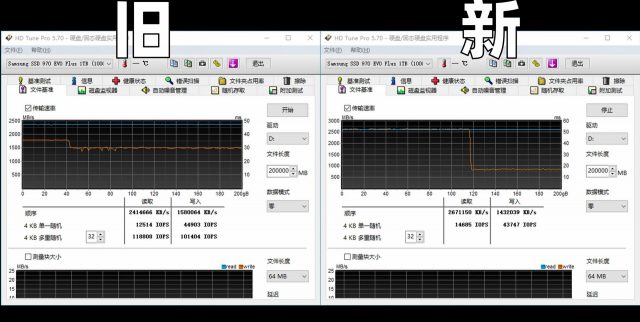[…]
according to a new study, the food you ate just before your walk past the bakery may impact your likelihood of stopping in for a sweet treat—and not just because you’re full.
Scientists at Northwestern University found that people became less sensitive to food odors based on the meal they had eaten just before. So, if you were snacking on baked goods from a coworker before your walk, for example, you may be less likely to stop into that sweet-smelling bakery.
The study, “Olfactory perceptual decision-making is biased by motivational state,” will be published August 26 in the journal PLOS Biology.
Smell regulates what we eat, and vice versa
The study found that participants who had just eaten a meal of either cinnamon buns or pizza were less likely to perceive “meal-matched” odors, but not non-matched odors. The findings were then corroborated with brain scans that showed brain activity in parts of the brain that process odors was altered in a similar way.
These findings show that just as smell regulates what we eat, what we eat—in turn—regulates our sense of smell.
[…]
To conduct the study, the team developed a novel task in which participants were presented with a smell that was a mixture between a food and a non-food odor (either “pizza and pine” or “cinnamon bun and cedar”—odors that “pair well” and are distinct from each other). The ratio of food and non-food odor varied in each mixture, from pure food to pure non-food. After a mixture was presented, participants were asked whether the food or the non-food odor was dominant.
Participants completed the task twice inside an MRI scanner: First, when they were hungry, then, after they’d eaten a meal that matched one of the two odors.
“In parallel with the first part of the experiment running in the MRI scanner, I was preparing the meal in another room,” Shanahan said. “We wanted everything fresh and ready and warm because we wanted the participant to eat as much as they could until they were very full.”
The team then computed how much food odor was required in the mixture in each session for the participant to perceive the food odor as dominant. The team found when participants were hungry, they needed a lower percentage of food odor in a mixture to perceive it as dominant—for example, a hungry participant may require a 50 percent cinnamon bun-to-cedar mixture when hungry, but 80 percent when full of cinnamon buns.
Through brain imaging, the team provided further evidence for the hypothesis. Brain scans from the MRI demonstrated a parallel change occurring in the part of the brain that processes odors after a meal. The brain’s response to a meal-matched odor was less “food-like” than responses to a non-matched meal odor.
[…]



